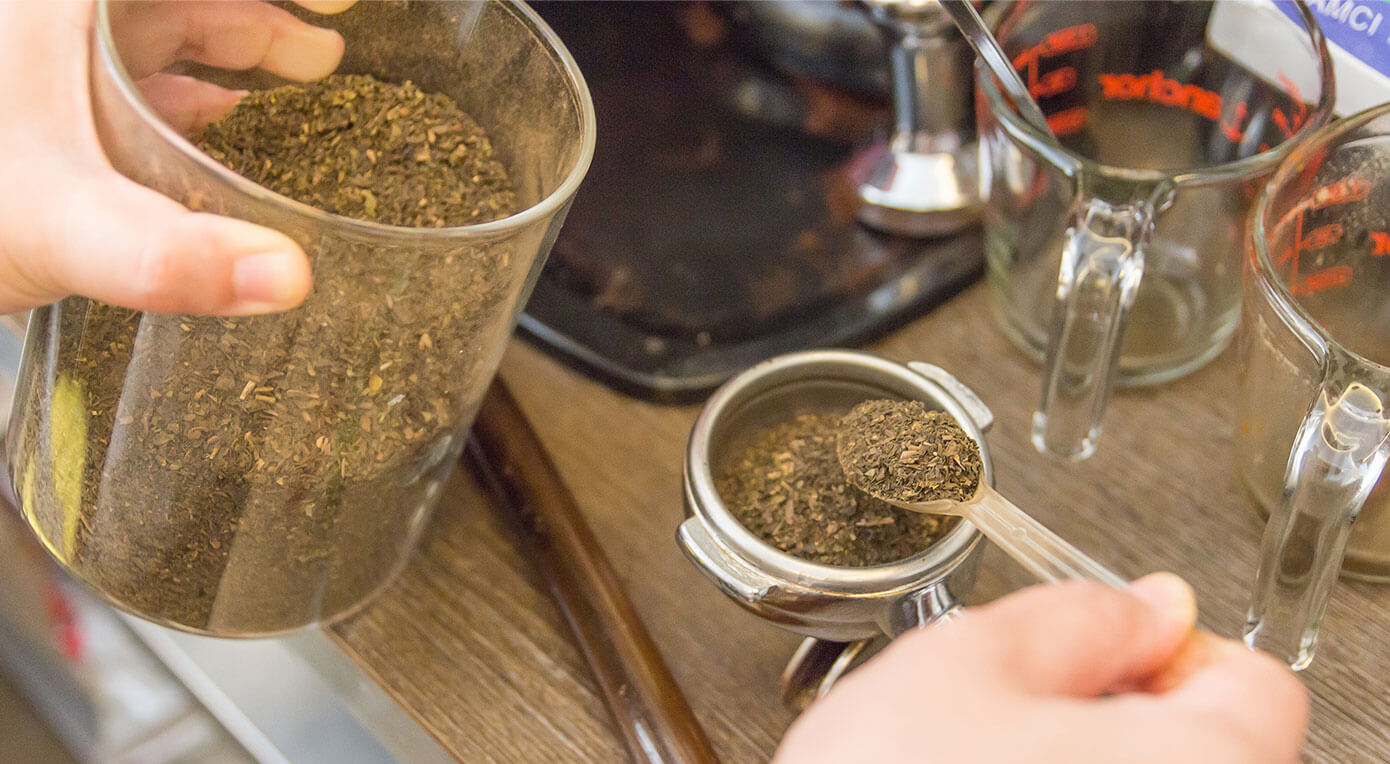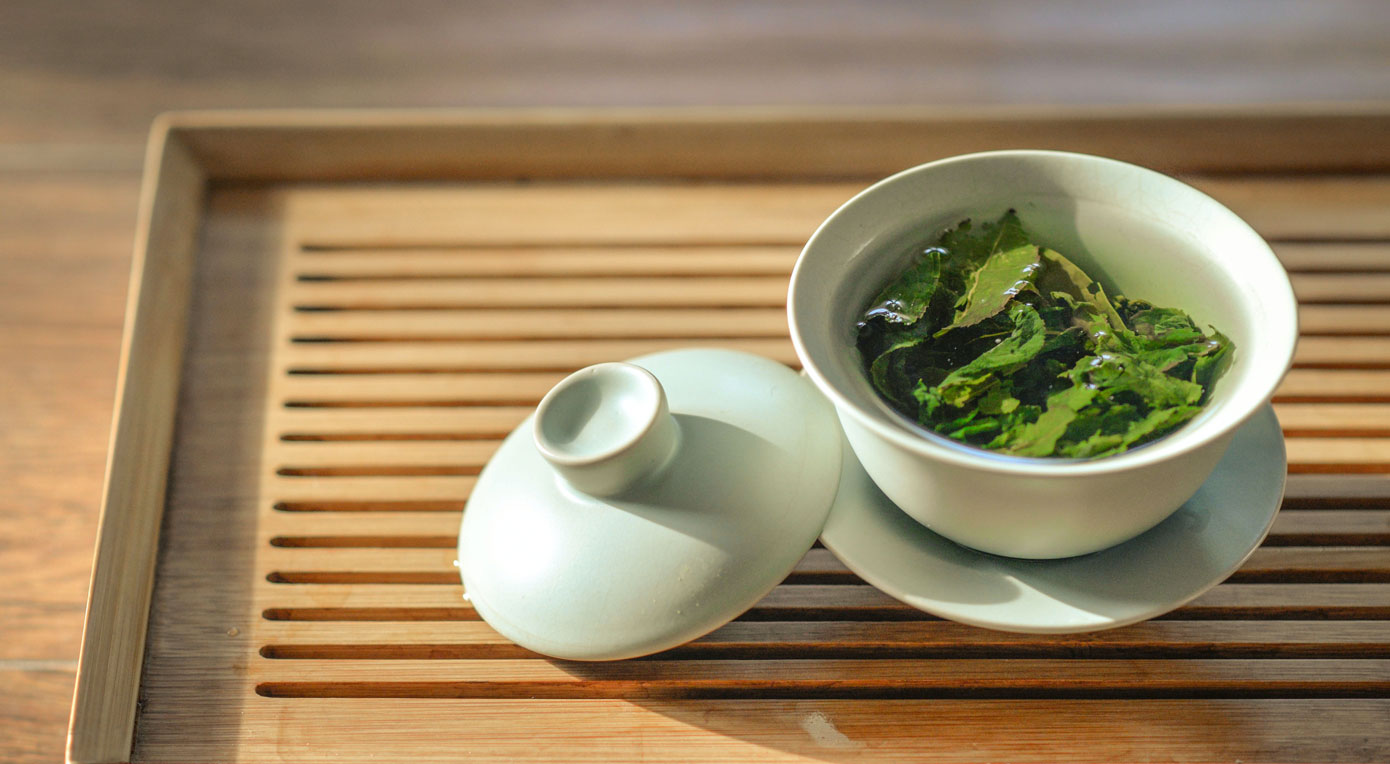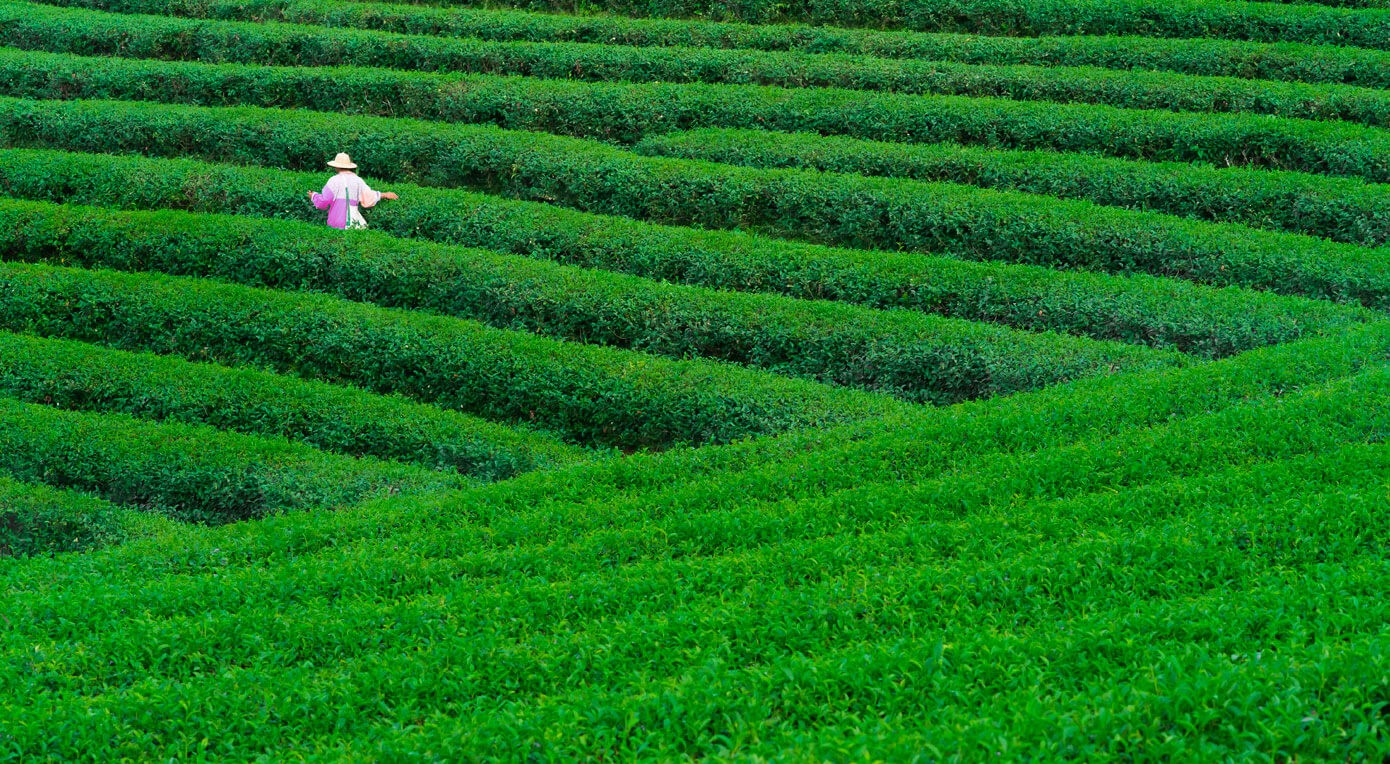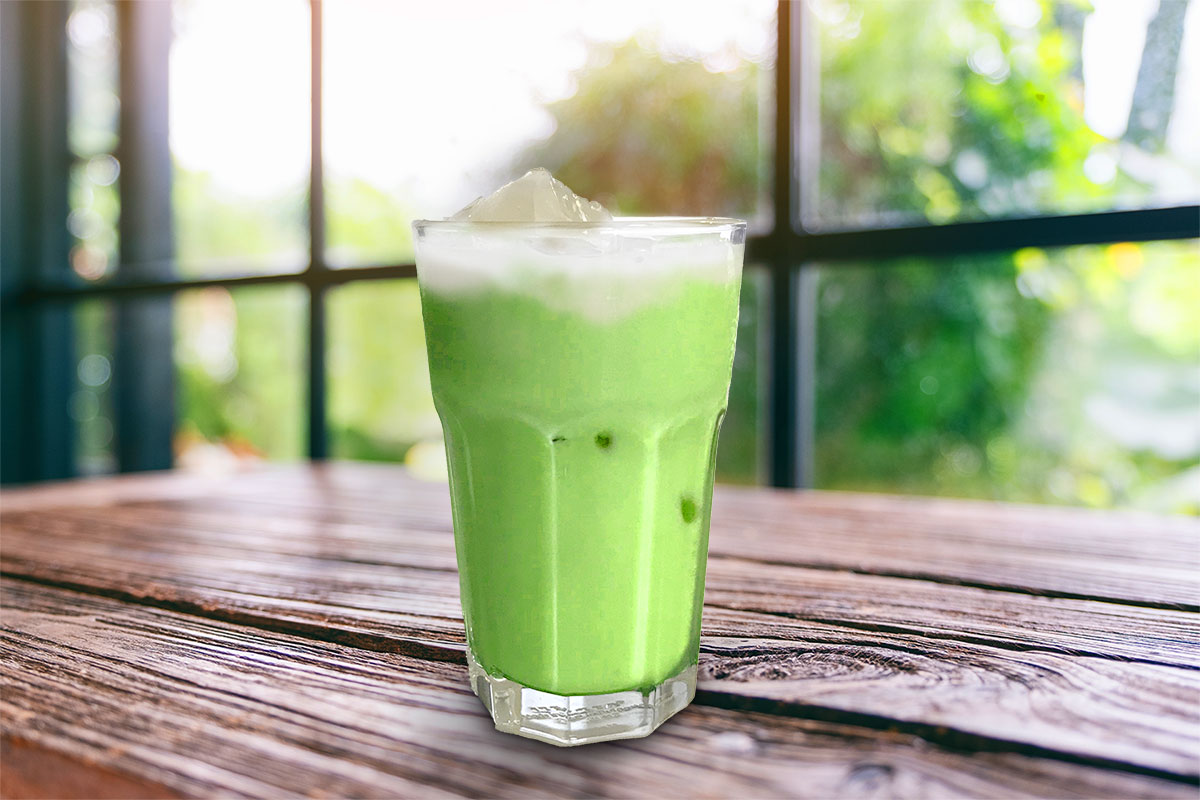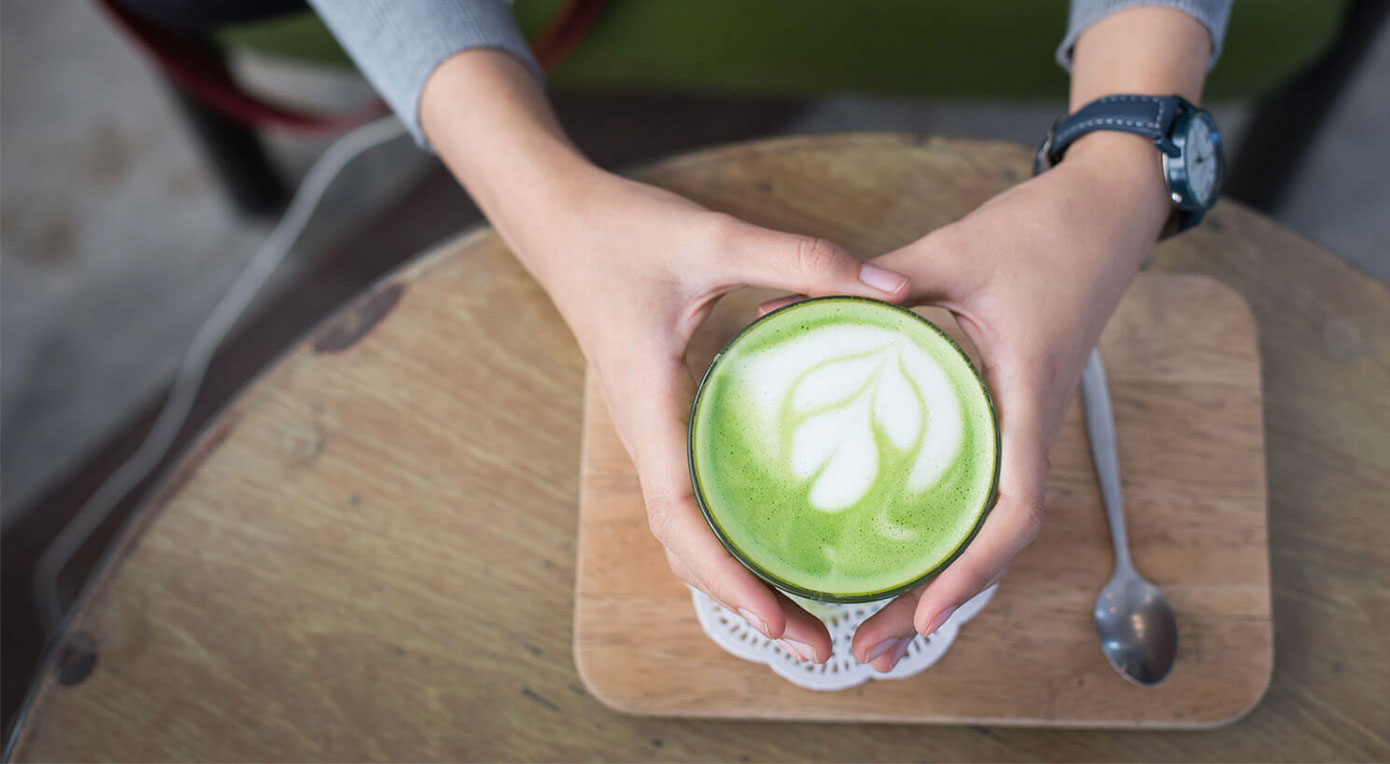
This website contains affiliate links. As an Amazon affiliate, I earn from qualifying purchases (What’s This?).
If you’ve ever wondered whether you can add milk to green tea, or whether green tea with milk is a good idea, you’re not alone.
Tea lovers around the world experiment with tea and milk pairings, from the classic black tea with milk in English afternoon tea to matcha lattes in high-end tea ceremonies in Japan.
But green tea is one of those drinks that sparks curiosity. Should you put milk in green tea? Will it change the flavor, or even the health benefits of different green tea?

Let’s dive into this cozy question and explore everything you need to know about drinking tea with milk, especially green tea.
What happens when you put milk in green tea?
When you put milk in green tea, you’re essentially softening the earthy green tea flavors with creaminess.
Green tea contains natural compounds like catechins and antioxidants, which give it that slightly grassy, sometimes bitter flavor. Adding milk, or even oat milk, almond milk, or cow’s milk, introduces fat and proteins that smooth out those sharp edges.
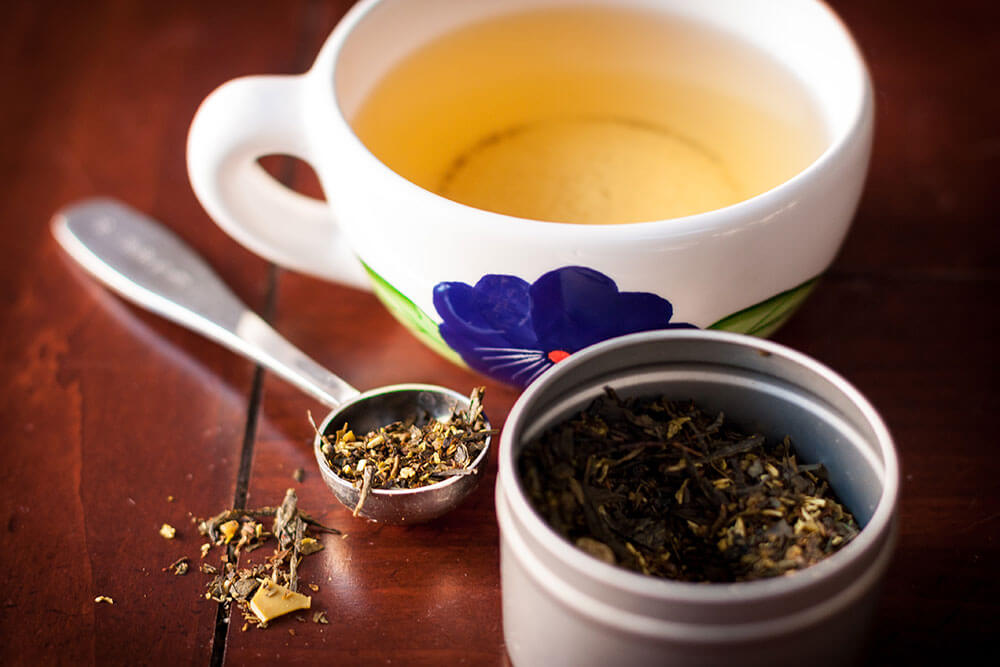
Some people love this twist. Others feel it masks the refreshing drink qualities that brewed green tea is celebrated for. Whether you should put milk in green tea really depends on your taste preferences.
A cup of green tea without milk will feel lighter and more cleansing, while green tea with milk feels richer, more indulgent, almost like a tea latte.
Also, I’m not sure if green tea can last longer with milk since it’s dairy and perishable.
Does milk change the health benefits of green tea?
Green tea is highly researched for awhile now, with known health benefits ranging from antioxidant support to potential anti-inflammatory effects.
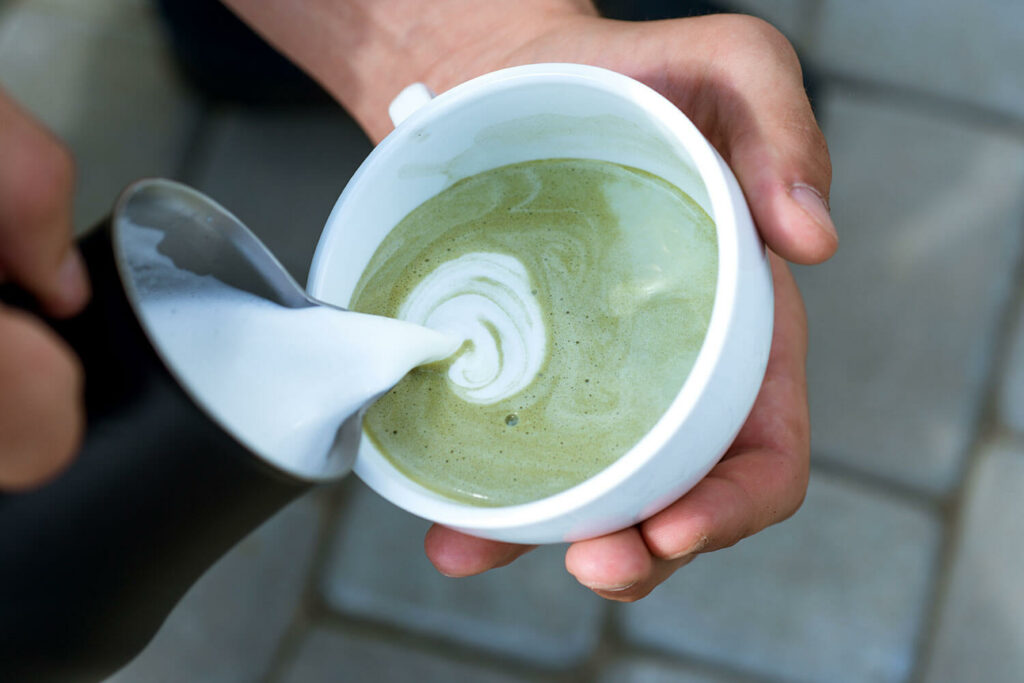
Many people love the flavor of green tea and drink it daily, especially because green tea contains compounds linked to heart and brain health.
Here’s the debate: when milk proteins interact with the catechins in green tea, some studies suggest they may reduce absorption.
That means the effects of adding milk could slightly decrease the benefit of green tea. Still, other research shows this impact is minor and depends on the amount of milk added.
So if you love to drink green tea with milk, don’t feel guilty, just know it may not be the healthiest choice if your goal is maximum antioxidant power.
What does green tea with milk taste like?
The taste of green tea changes dramatically when combined with milk. Without milk, a cup of green tea is light, refreshing, sometimes a little astringent, with a grassy note.
With milk, you get a creamier, rounder sip, less earthy green tea, more comforting balance.
If you’ve ever tried a matcha latte, you’ll already know how delicious green tea and milk can be together.
Matcha, which is finely ground Japanese green tea, pairs especially well with milk because its strong, bold flavor stands up to creaminess.
Adding milk to tea that’s more delicate, like sencha or the finest Japanese green tea, might overwhelm the subtle flavor of green tea leaves.

Is it traditional to add milk to green tea?
Traditionally, Japanese green tea and Chinese green teas are enjoyed without milk. In fact, high-end tea ceremonies in Japan focus on the pure, unaltered taste of drinking matcha or sencha.
Green tea is one of the teas where purity is prized, you taste the land, the climate, and the tea grown in nutrient-rich sugarcane regions.
However, milk in tea has its place. British afternoon tea popularized milk first in black tea, creating black tea with milk as a comforting, cultural ritual.
Bubble tea from Taiwan also made milk tea famous worldwide, using green or black tea combined with milk, sugar, and toppings like tapioca pearls or rainbow jelly. So while milk with green tea isn’t the classic, it’s certainly not unheard of.
Can you add milk to green tea at home?
Yes, you can easily add milk to your green tea at home. Just brew your tea leaves, then stir in a small amount of milk to your green tea.
The amount of milk is key: too much, and you’ll drown out the flavor of green tea; too little, and you won’t notice a difference.
If you’re experimenting, start with a teaspoon of cold milk in hot tea. Or, for a richer experience, try steaming whole milk or oat milk and whisking it into your green tea.
You’ll find that adding milk to your green tea creates a fusion that feels cozy, especially if you enjoy drinking tea as part of your morning ritual.
What types of milk pair best with green tea?
The milk to pair with green tea depends on your preferences:
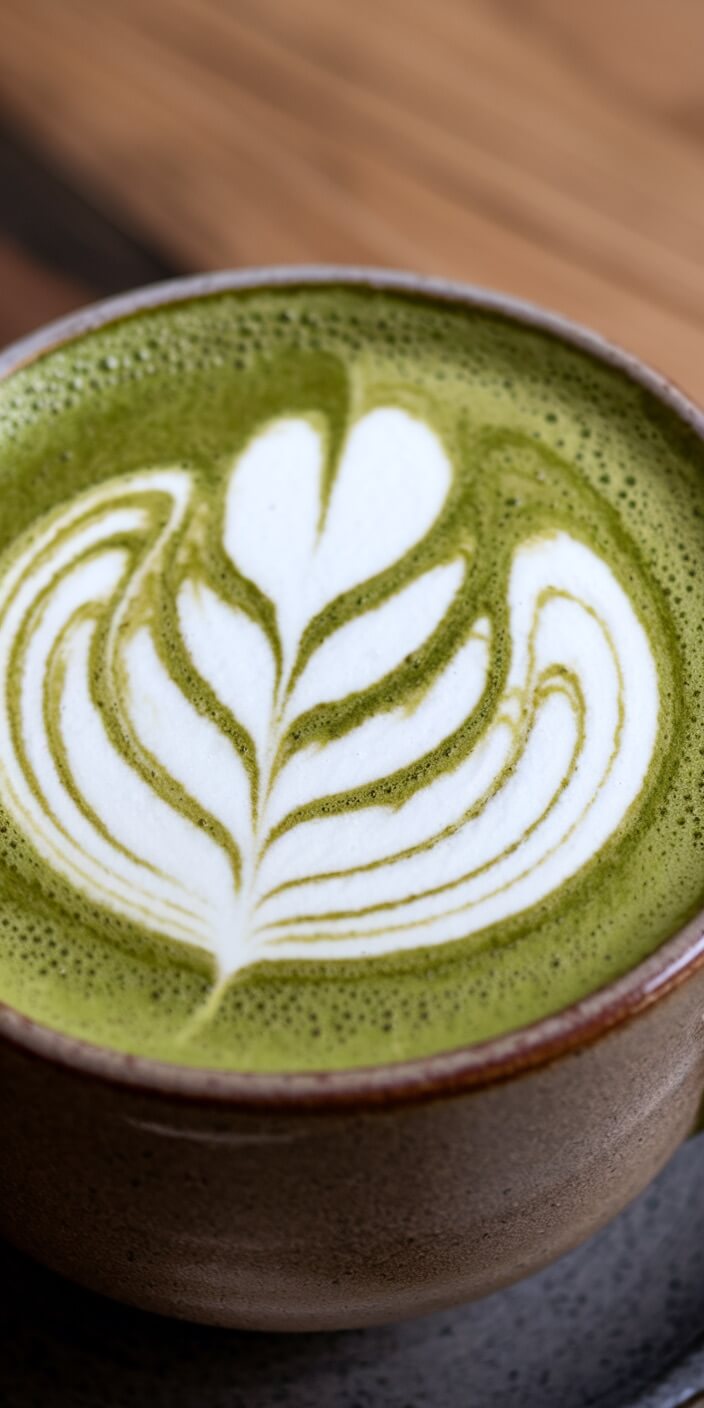
- Cow’s milk or whole milk: classic, creamy, softens bitterness.
- Oat milk: slightly sweet, pairs beautifully with matcha, adds depth.
- Almond milk: nutty, light, less overpowering.
- Like soy milk: balances strong matcha well, especially for lattes.
If you’re exploring milk alternatives, remember that non-dairy milk sometimes froths better than dairy. Alternative milk options also change the flavor of green tea in unique ways.
Choosing whether to put milk first or milk last doesn’t matter much here, what matters is finding a blend that complements the flavor of green tea rather than masks it.
Does milk go better with black tea than green tea?
Black tea is often paired with milk, while green tea is usually enjoyed without milk. Black tea with milk works because the robust, bold flavors of black tea stand up to creaminess.
Many tea lovers in the UK wouldn’t dream of drinking tea without a splash of milk, it’s part of tea and milk tradition.
Green tea is one of the more delicate teas. That’s why adding milk to green tea is more of a modern twist.
If you want to enjoy green tea with milk, it’s best to choose stronger teas like matcha or even genmaicha, where roasted rice notes complement milk beautifully.
How does adding milk to tea affect digestion?
Some people find milk in tea soothing, while others notice bloating. Drinking tea combined with milk can change digestion slightly, depending on how your body handles milk or cream.
Non-dairy milk options, like oat milk or almond milk, are gentler for those who prefer drinking tea without dairy.
Interestingly, the effects of adding milk may also slow the absorption of caffeine, which some find helpful. So if a cup of green tea normally gives you a buzz, adding milk to your green tea might mellow the experience.
Is green tea with milk good for weight loss?
Green tea is highly promoted as it’s beneficial for one’s health, including metabolism support and fat-burning potential.
Drinking green tea plain may be more effective if weight loss is your goal, because milk adds calories and may interfere slightly with antioxidants.
That said, enjoying green tea with milk as a comforting ritual can still be part of a balanced lifestyle.
The key is moderation, sip a cup of milk with green tea as a treat, while keeping your main habit to drink green tea without milk.
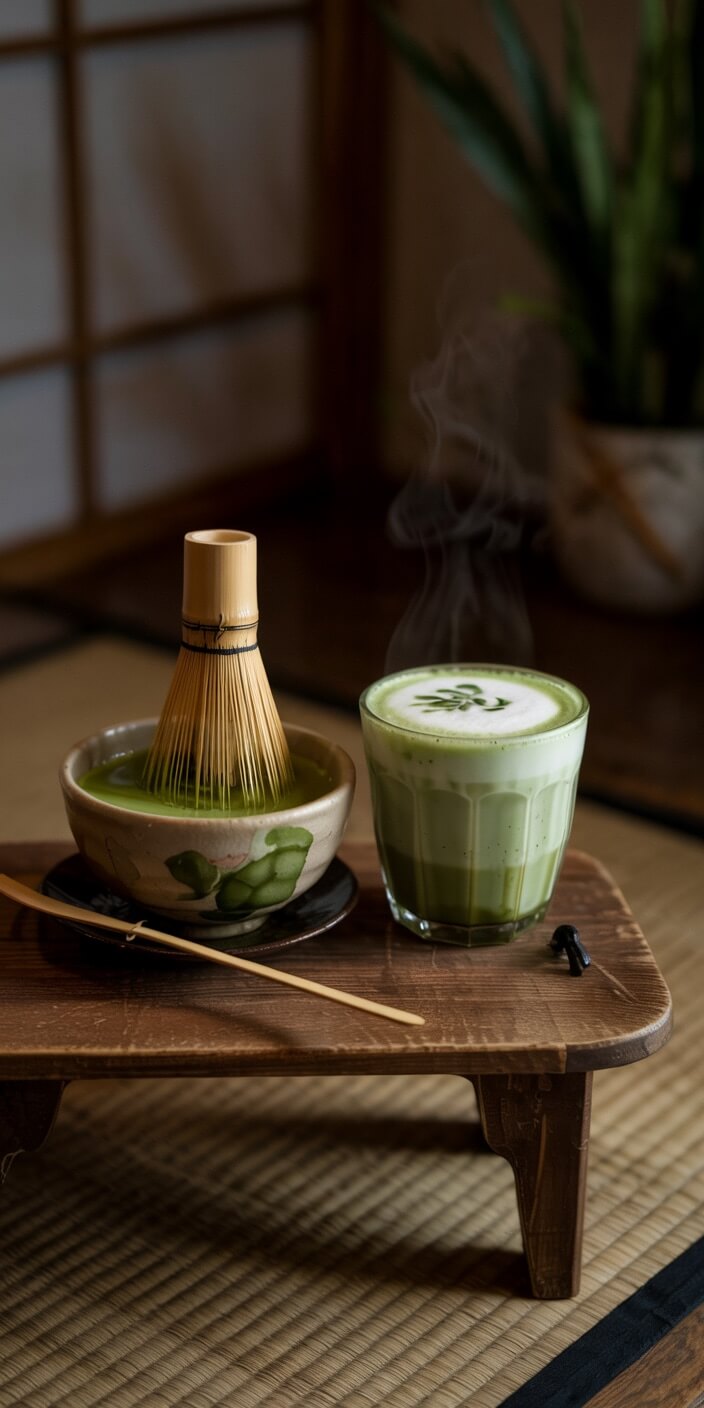
If you’d like to enjoy green tea with milk in its most popular form, try making a matcha latte. Simply whisk drinking matcha powder with hot water until frothy, then stir in warm milk, or milk alternatives.
This is one of the most delicious ways to enjoy green tea with milk, offering the best of both worlds: the earthy depth of matcha with the creaminess of milk.
It’s a favorite at cafes worldwide, and when you brew it at home, you can adjust the amount of milk and sweetness to taste.
Whether you’re using oat milk, almond milk, or traditional whole milk, a matcha latte is a refreshing drink that feels indulgent but still connects you to the tradition of Japanese green tea.
Should you drink green tea with milk or without milk?
Ultimately, the choice is yours. Green tea without milk highlights the pure, earthy flavor of green tea leaves. Green tea with milk adds comfort and creaminess, changing the flavor of green tea into something more indulgent.
As a tea lover, you might enjoy alternating, sometimes a cup of green tea plain, sometimes a little milk in tea.
Drinking matcha with milk feels modern, while brewed green tea without additions feels traditional. There’s no right or wrong here, only your personal taste and how you want to enjoy green tea today.
Key things to remember about green tea and milk
- Green tea contains antioxidants, which may interact with milk proteins.
- Adding milk to green tea softens the flavor of green tea, making it creamier.
- Matcha is the best type of green tea to pair with milk.
- You can use cow’s milk, oat milk, almond milk, or like soy milk.
- The amount of milk matters—too much can overpower the flavor of green tea.
- Black tea and milk are traditional, but green tea and milk are a modern twist.
- The effects of adding milk may slightly reduce the health benefits of green tea.
- Drinking tea with milk is about preference, not rules.
- Try both: a cup of green tea plain, and sometimes enjoy green tea with milk.
- Choose Japanese tea when you want to savor delicate flavor without milk.
This website contains affiliate links. As an Amazon affiliate, I earn from qualifying purchases (What’s This?).
